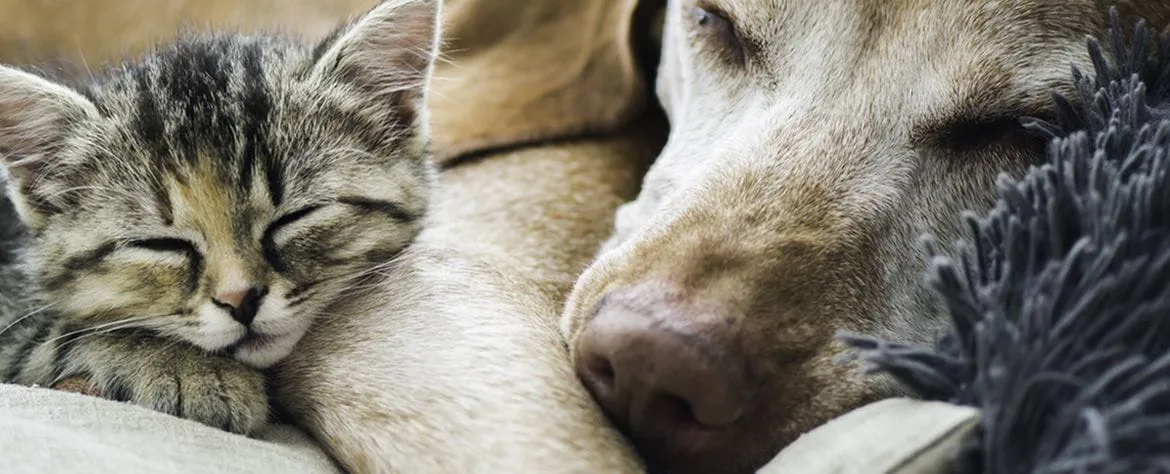Hina: a Pug Puppy Set for a Lifetime of Health
by: Jessica Cantrell, DVM, PhD, cVMA
 Hina is a gorgeous 16 month old puppy pug that presented to All Pets Animal Hospital for a consultation regarding her spay procedure. Hina is a very sweet and active pup that loves to play with other people and animals at the park or at the beach laying in the sun! On physical examination Hina is a typical pug puppy. She was a tad overweight, and breathing heavy, especially on breathing inward, due to a snoring sound noted when listening to her lungs as well as observing her breathing pattern in the exam room. Additionally, she had very small nostrils contributing to her heavy breathing. She was also noted to have overcrowding of her teeth, which can result in severe dental and periodontal disease down the road.
Hina is a gorgeous 16 month old puppy pug that presented to All Pets Animal Hospital for a consultation regarding her spay procedure. Hina is a very sweet and active pup that loves to play with other people and animals at the park or at the beach laying in the sun! On physical examination Hina is a typical pug puppy. She was a tad overweight, and breathing heavy, especially on breathing inward, due to a snoring sound noted when listening to her lungs as well as observing her breathing pattern in the exam room. Additionally, she had very small nostrils contributing to her heavy breathing. She was also noted to have overcrowding of her teeth, which can result in severe dental and periodontal disease down the road.
Specific breeds of dogs and cats are predisposed to difficult, obstructive breathing patterns due to the shape of their head, muzzle and throat; these pets are specifically bred to have short muzzles as well as noses, which results in their breathing passages to be too small. These breeds are called brachycephalic, meaning “short-headed.” Examples of brachycephalic breeds include Pugs, Bulldogs, Pekingese and Boston terriers as well as Persian cats.
The outcome of Hina’s abnormalities noted on physical exam, as well as her breed can result in exercise intolerance, cyanosis (seeing a blue tongue and gums from lack of oxygen), and in very severe cases collapse, if not corrected. Additionally, these clinical signs all worsen with over-activity, excitement, excessive heat and humidity, and with obesity. Brachycephalic Syndrome is often seen in these breeds, and is a combination of stenotic nares, an elongated soft palate, and everted laryngeal saccules, which is explained below.
• An elongated soft palate is when the soft palate is too long, and the tip of the soft palate projects into the airway and interferes with the movement of air into the lungs.
• Stenotic nares are nostrils that are too small or collapse inward when the pet breathes in, making it difficult for the pet to breathe through it’s nose.
• Everted laryngeal saccules is a condition in which tissue within the airway, just in front of the vocal cords, is pulled into the trachea (windpipe) and obstructs airflow.
On physical exam we were able to diagnose Hina’s stenotic nares, as well as overcrowding of her teeth. Hina’s Mom and Dad elected to correct the stenotic nares and overcrowding of her teeth at the time of her spay as well as evaluate for an elongated soft palate and everted laryngeal saccules (which need to be diagnosed while the pup is under anesthesia). At this time, Hina’s Mom and Dad wanted to perform these preventative procedures to significantly reduce Hina’s chances of respiratory distress, make it much easier for her to breathe, and increase her activity level. Additionally, Hina’s pet parents were committed to working hard toward getting Hina at her perfect weight with a reduction in the amount of food they were feeding, and limiting treats.
On her surgery day Hina was down a pound and looking fabulous! She was ready for her spay, nose job, dental procedure, and possibly more! During surgery, she was diagnosed with an elongated soft palate. The excess tissue of the soft palate was removed to decrease the length of the palate so it no longer protruded into her airway and contributed to her difficulty breathing. The sides of her nostrils were carefully reconstructed to allow for a broader airway passage, and sutured to prevent them from collapsing in when she was breathing through her nose. The spay procedure was performed without any complications, as well as the extraction of one of her molars to prevent future dental disease. Hina recovered well from surgery and was discharged to her pet parents later that evening.
The prognosis for young animals without significant respiratory obstruction is good after surgical correction of anatomical abnormalities associated with brachycephalic syndrome. These pets generally breathe with less difficulty, and significantly reduce respiratory distress. Additionally, their activity level is often noticeably enhanced. It is optimal to perform surgery to correct these abnormalities as preventative procedures. Once these anatomical abnormalities start to really become a problem, and the pet is older, there is usually a less favorable prognosis.
Just recently Hina’s Mom sent us a video of Hina on a hot May day at the park in San Diego. She said, “It’s days like this I’m glad I corrected her nose and throat problems. She can clearly breathe easier and is much less susceptible to overheating.” Imagine a warm day with a tiny Pug running circles around the big dogs, full of energy, with her tongue hanging out creating that signature heart melting Pug puppy smile. “She is at a perfect weight and can RUN as long as she likes! She is set up for a LIFETIME of health!!”
Reference: https://www.acvs.org/small-animal/brachycephalic-syndrome



